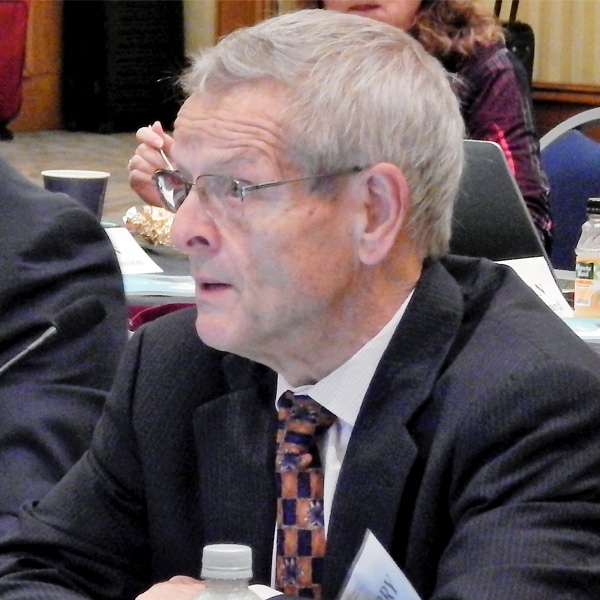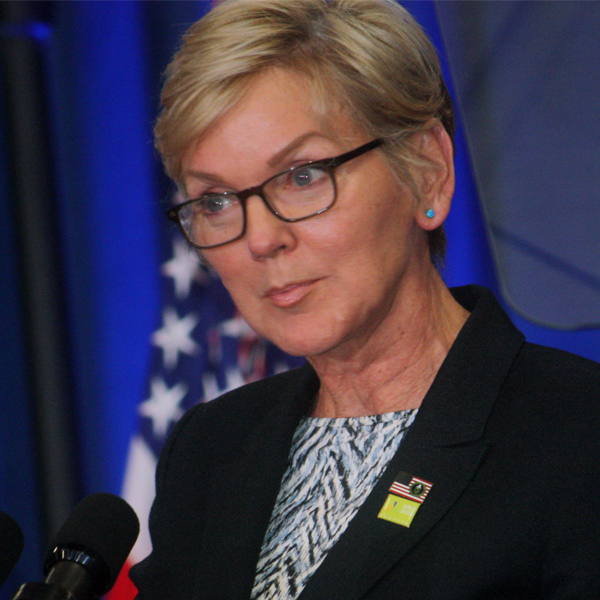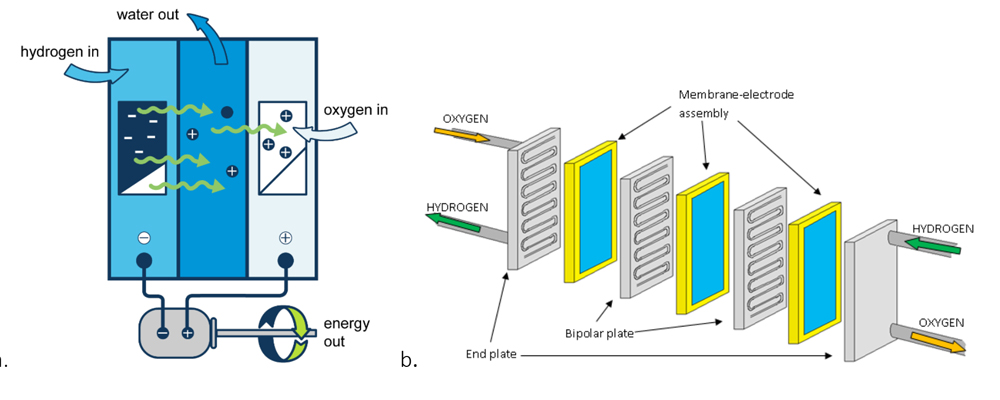New Jersey is asking for more stakeholder input to help shape its much-awaited plan to boost its storage capacity as it strives to reach 2,000 MW by 2030.
In a request for information issued Aug. 9, the New Jersey Board of Public Utilities seeks comments on four areas of its New Jersey Energy Storage Incentive Program (SIP) that will be key to the final proposal. Among them are:
-
- what role electric utility companies should have;
- how big and in what form incentives should be granted; and
- how quickly and over what timeline storage approvals should be granted.
The BPU also wants input on the form of the incentives designed to help overburdened communities (OBCs) and a variety of smaller issues.
The request follows considerable earlier public input on the SIP proposal, with three BPU hearings in October and November that raised a number of contentious issues the board now wants stakeholders to help further clarify.
One of them is how to adjust, if necessary, the board’s initial proposal to prohibit utilities from owning storage projects, a measure designed to better stimulate private investment and ownership in the sector. After resistance to the proposal from utilities and their supporters, and backing from some interest groups, the BPU seeks comment on the advantages and disadvantages of “utility control verses non-utilities control” of energy storage systems. (See Utilities Oppose NJ BPU Plan Limiting EDC Storage Ownership.)
Critical Resource
New Jersey has for years prioritized storage development, believing it will help provide energy when intermittent sources such as wind and solar do not. Yet the state is only about a quarter of the way toward its 2,000-by-2030 goal. (See NJ Lagging in Energy Storage Progress.)
“Energy storage resources are critical to increasing the resilience of New Jersey’s electric grid, reducing carbon emissions and enabling New Jersey’s transition to 100% clean energy,” the BPU said in the order outlining the RFI. The program “will build a critical foundation for a long-term energy storage effort in the state.”
Hoping to jump-start the process, the board in October outlined the SIP, which aims to stimulate private investment in storage by awarding fixed annual incentives to both utility-scale and distributed projects and “pay for performance” incentives in certain situations. The program’s goal is to implement 1,000 MW of four-hour-plus storage by 2030. (See NJ Offers Plan to Boost Lagging Storage Capacity.)
The RFI poses a series of detailed questions about the two-tiered incentive plan. One question, for example, asks for stakeholder input on what would be the “fully installed cost” (in dollars per kilowatt-hour) for storage systems and how they would vary in New Jersey from other places. The RFI also asks how the BPU should structure its performance-based incentives, including a Peak Demand Reduction program, and whether it would work in New Jersey.
Another question asks whether modifications to the SIP are needed to maximize the ability of energy storage developers to access federal investment tax credits or other incentives. That issue could be important because the Inflation Reduction Act, signed a year ago, includes tax credits for battery storage systems.
The solicitation also asks, “How can BPU assure that the incentive structure chosen will in fact provide benefits to OBCs?”
Contentious Issues
The public hearings solicited numerous live comments and 61 written comments, the BPU said (QO22080540). While many people supported the plan, according to the solicitation document, “many commenters argued that the size of the overall program and individual capacity blocks” under which incentives would be awarded were too small, especially for distributed storage.
Two main points of contention emerged, the RFI said: “While many commenters agreed with staff’s proposal to not provide incentives for utility-owned energy storage, numerous others argued that utility-owned energy storage systems should qualify for incentives.”
In addition, “many commenters contended that energy storage developers and/or private owners should be able to retain control over their energy storage systems while earning performance incentives, while others argued such systems should be under utility control.”
In the second area of disagreement, some commenters felt the program should start slowly and scale up, while others said it should “start larger and scale back over time,” the solicitation said.
In a December letter to the board, the Center for Sustainable Energy (CSE) argued that the BPU’s incentive structure will “likely fail to efficiently unlock the benefits of energy storage.” Instead of paying the incentive over several years, the BPU should pay it as a lump sum “after the project has met all program requirements,“ the center argued.
“In CSE’s experience, requiring performance‐based incentives involves an elaborate and costly administrative structure where a simple one‐time payment easily can be made instead,” the CSE wrote.
AES Clean Energy, an Arlington, Va.-based clean energy project operator, said in a Dec. 12 comment that the company could not evaluate whether the BPU proposal to pay a fixed-incentive rate of $20/kWh is “adequate” without knowing the level of the second part of the subsidy, the “performance-based incentive.”
The letter suggested that the incentives be indexed to the price of lithium.
“Lithium costs are driving the cancelation of storage projects across the country that developers can no longer afford to build,’ the company said. “In order to keep within the bounds of the cost cap, the indexed incentive could include a ceiling.”
EV Dealers’ Storage Needs
In a Dec. 9 letter, the New Jersey Coalition of Automotive Retailers (NJCAR) urged the BPU to recognize the needs of car retailers and specifically include in the SIP language that “encourages investment in energy storage facilities that support dealership operations needed to sell and service the growing number of EVs being sold in New Jersey.”
The organization said the state’s auto dealers expect to spend $140 million on electric vehicle charging infrastructure in the coming years to service the EVs they sell and service. The submission, by NJCAR President Jim Appleton, said dealers likely will be forced to rely on “battery storage and battery-buffered solutions” to make up for the failure of grid-supplied electricity.
“New Jersey dealers have been advised in many instances that New Jersey’s utility companies are not positioned to meet the demands associated with that investment,” he said. “A bottleneck of EV charging infrastructure planning exists at the utility level that may prevent the dealers’ investment from being fully operational, since the utilities cannot supply sufficient power to the dealers’ sites.”
Utilities and their supporters argued in written comments against the BPU-proposed prohibition on utilities owning or operating storage, saying they have the experience and in-house knowledge to help the state meet its storage goals.
“Market hurdles (e.g., cost, supply chain, siting and permitting, immature revenue markets) and the exclusive reliance on third-party development may result in insufficient deployment of energy storage assets to meet the state’s goals,” the New Jersey Utilities Association argued. “If EDC [electric distribution company] ownership is not permitted/encouraged as part of the SIP, the board will miss an opportunity to leverage a critical business model to spur market development of energy storage.”
Public Service Electric and Gas, the state’s largest utility, made a similar argument but also suggested the BPU consider authorizing utilities to set up a pilot program to test the agency’s behind-the-meter program. The plan sets out a system in which a central operator reaches out to distributed storage resources in moments of high electricity demand so the resources can respond automatically and provide electricity.
“The cornerstone to a distributed storage program is an effective communication and call mechanism that is also cost-efficient, coordinated and standardized among the EDCs,” the utility said. It suggested the quickest route for the BPU to get there would be for utilities to test the system with their own distributed storage devices.
Such a pilot, the utility said, could “test the efficiency of its call mechanisms and the impacts that distributed storage deployment would have on the grid.”


